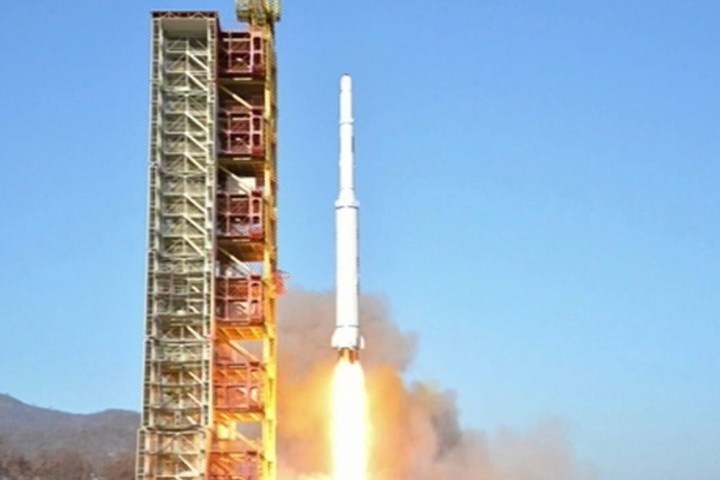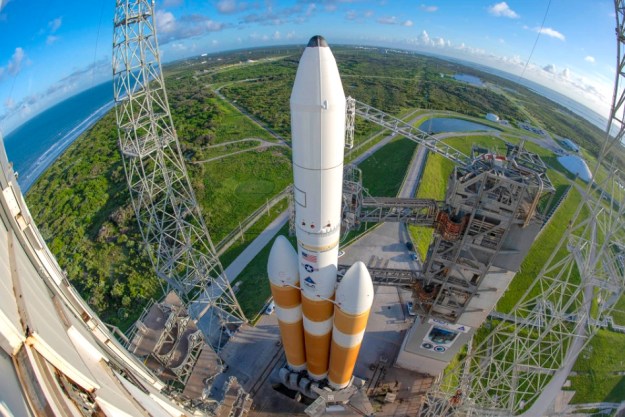
The Democratic People’s Republic of Korea (North Korea) launched its Kwangmyŏngsŏng-4 satellite on Sunday despite objections internationally that the deployment violates earlier agreements prohibiting missile testing. Officials from concerned countries believe the rocket launches could be a front being used by North Korea to test and develop intercontinental ballistic missile technology. North Korean officials claim the launch was for “peaceful purposes” with officials asserting the Kwangmyŏngsŏng-4 satellite is an “earth observation satellite” that can be used to monitor agriculture. North Korean celebrated the launch with an official fireworks display in the capital city, Pyongyang. “We hope that the future of our space technology keeps growing and shines like these fireworks in the sky,” said an announcer during the state-sponsored broadcast.
South Korean officials claim to have found more than 170 pieces of debris thought to be from the North Korean rocket. Unlike previous rocket launches that produced debris suitable for further examination, North Korea is believed to have included a self-destruct feature that exploded the rocket booster to prevent other countries from studying their current technology.
The Kwangmyŏngsŏng-4 satellite is not the first North Korean satellite to reach orbit and then fail. The nation launched the Kwangmyŏngsŏng-3 Unit 2 satellite in December of 2012 and reportedly achieved orbit, making North Korea the 10th country capable of deploying satellites using its launch vehicles. Despite North Korea claims that the satellite was deployed and functioning as planned, U.S. officials reported the satellite was “tumbling out of control.” Visual data obtained by Spain, Italy, and the U.K..also suggested the satellite was tumbling as it orbited the Earth. Unlike this most recent launch, fragments of the rocket used to deploy the Kwangmyŏngsŏng-3 Unit 2 were collected in 2012 and examined by South Korean missile experts. Their examination suggests the North Korean engineers relied on old technology from the 1960s and 1970s for their rocket design.
Editors' Recommendations
- Watch NASA’s U.S. weather satellite rocket launch highlights
- SpaceX launches more Starlink satellites and reveals latest customer count
- Virgin Orbit will livestream its next rocket mission. Here’s what to expect
- The world’s first wooden satellite could launch into orbit by 2023
- Virgin Orbit sets date for second attempt at unique rocket launch




